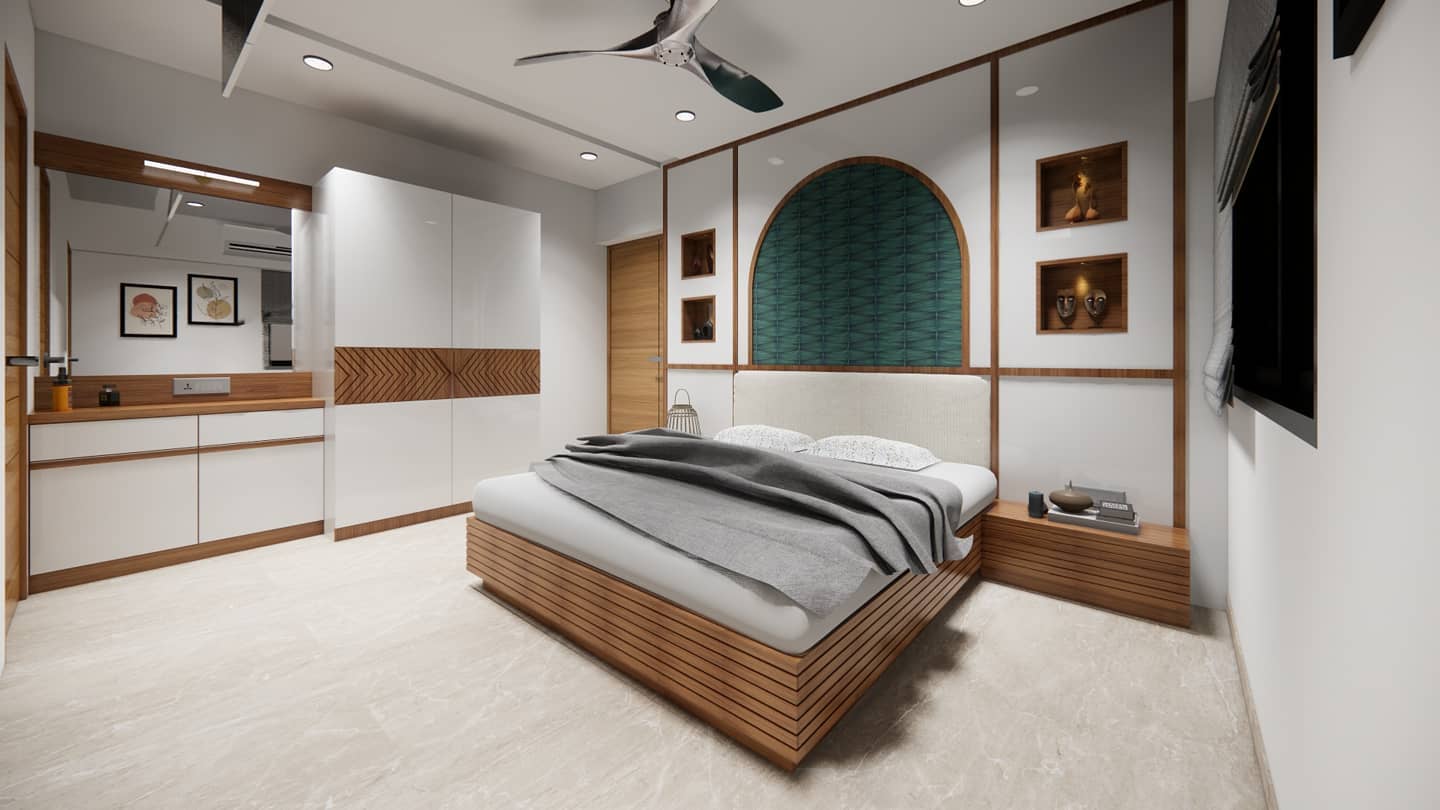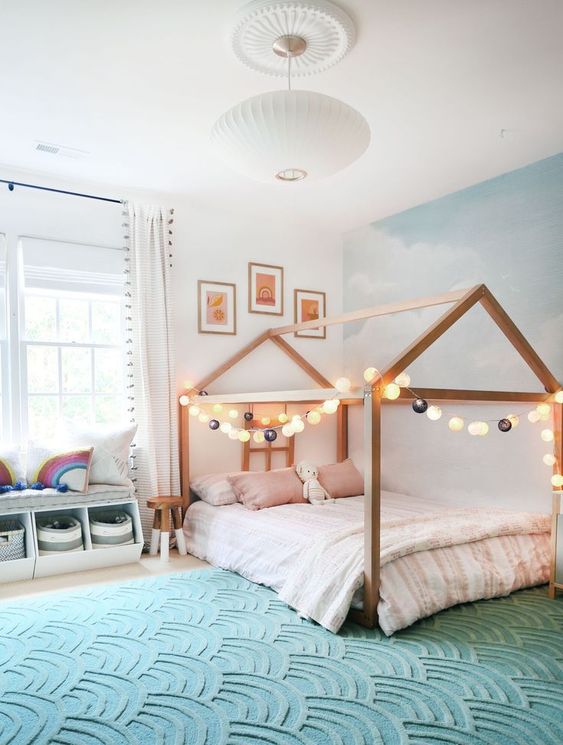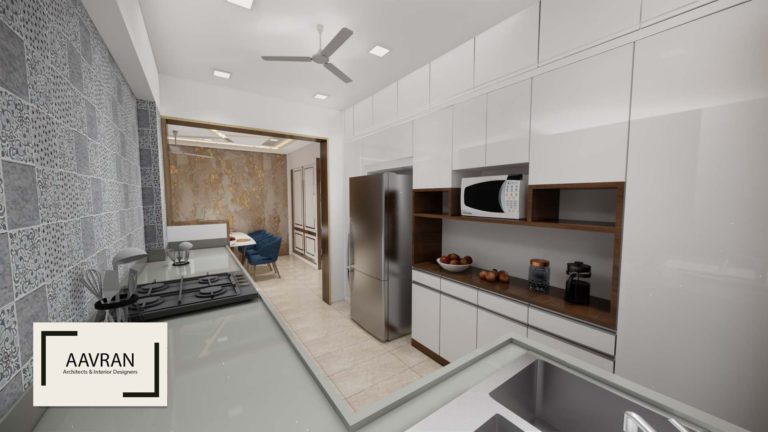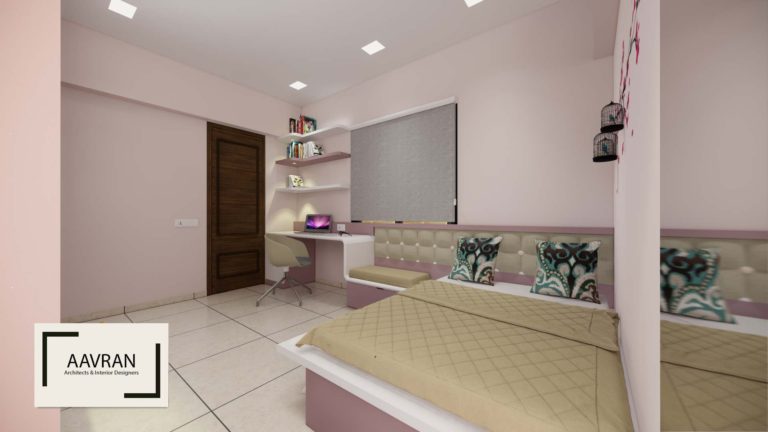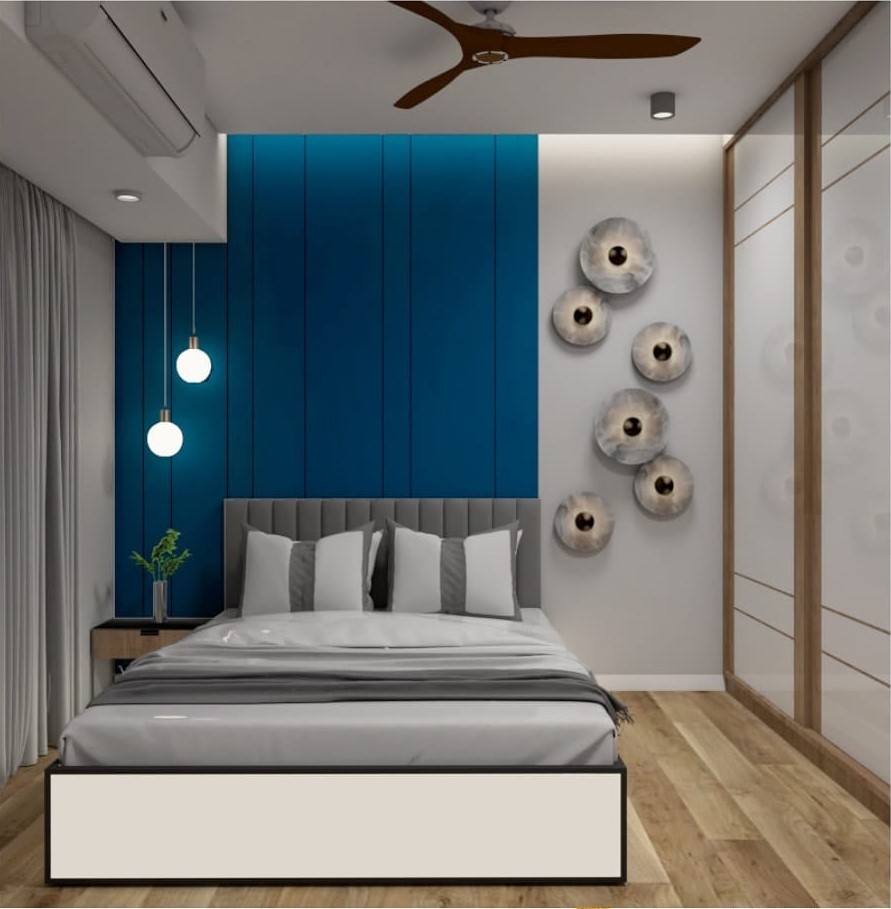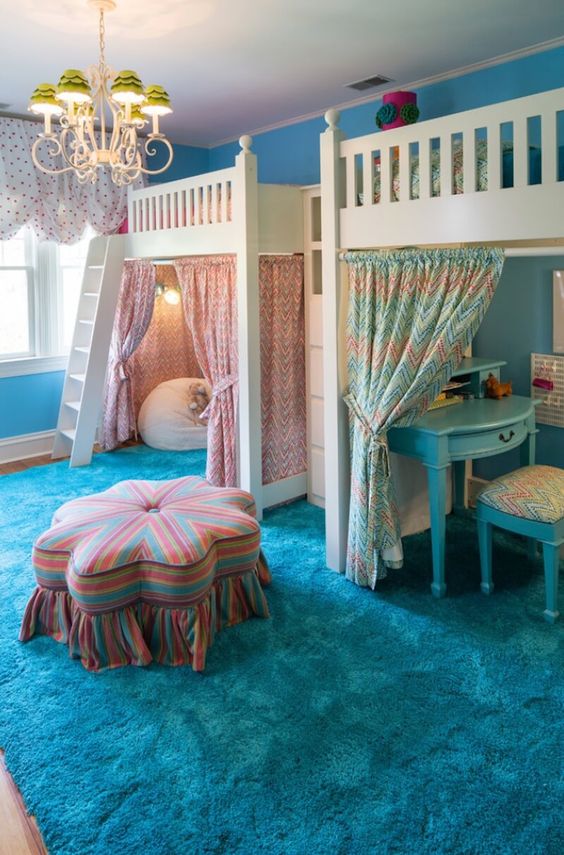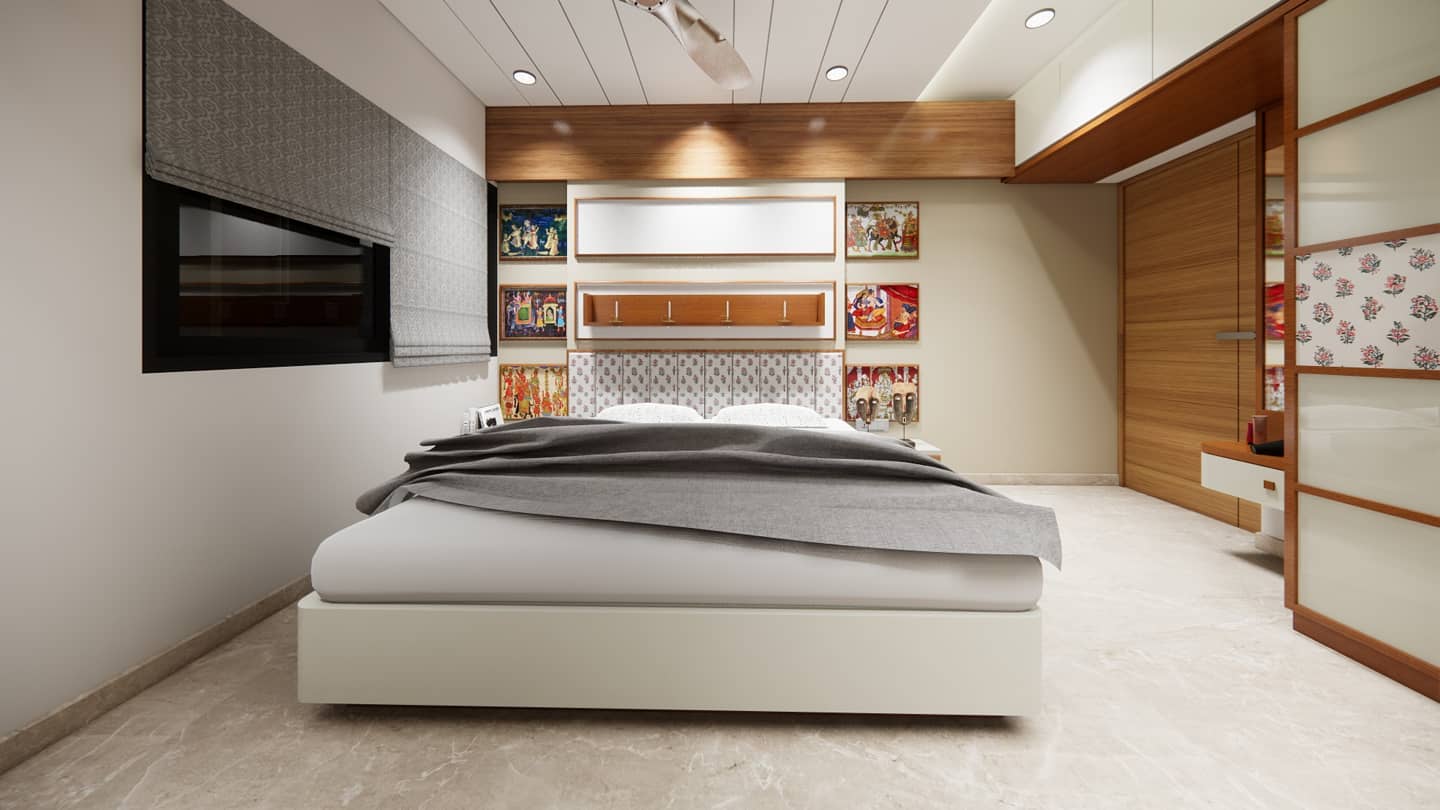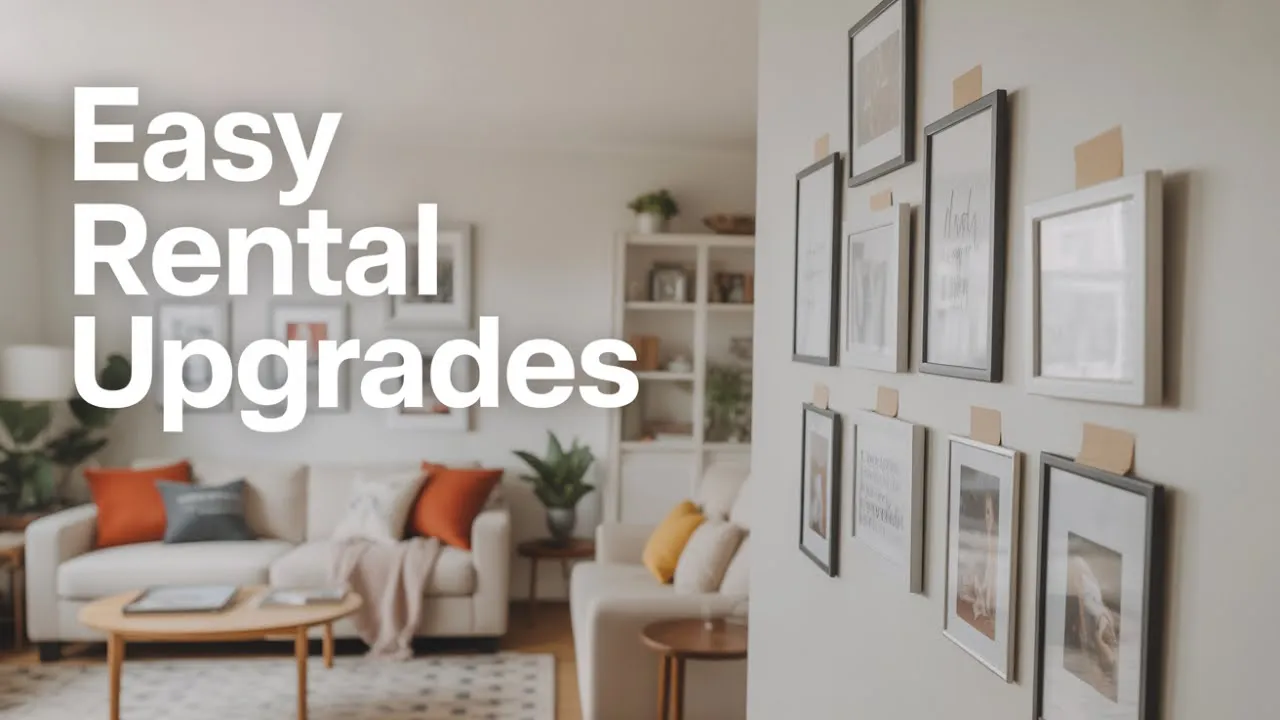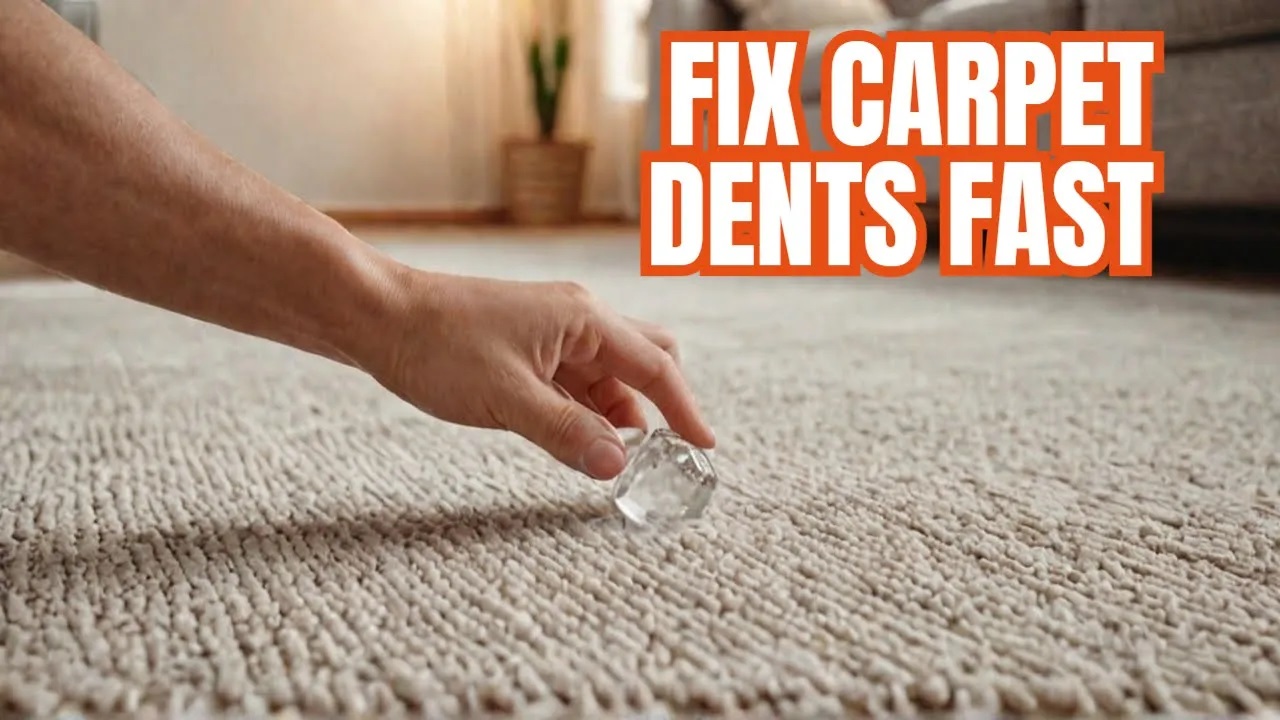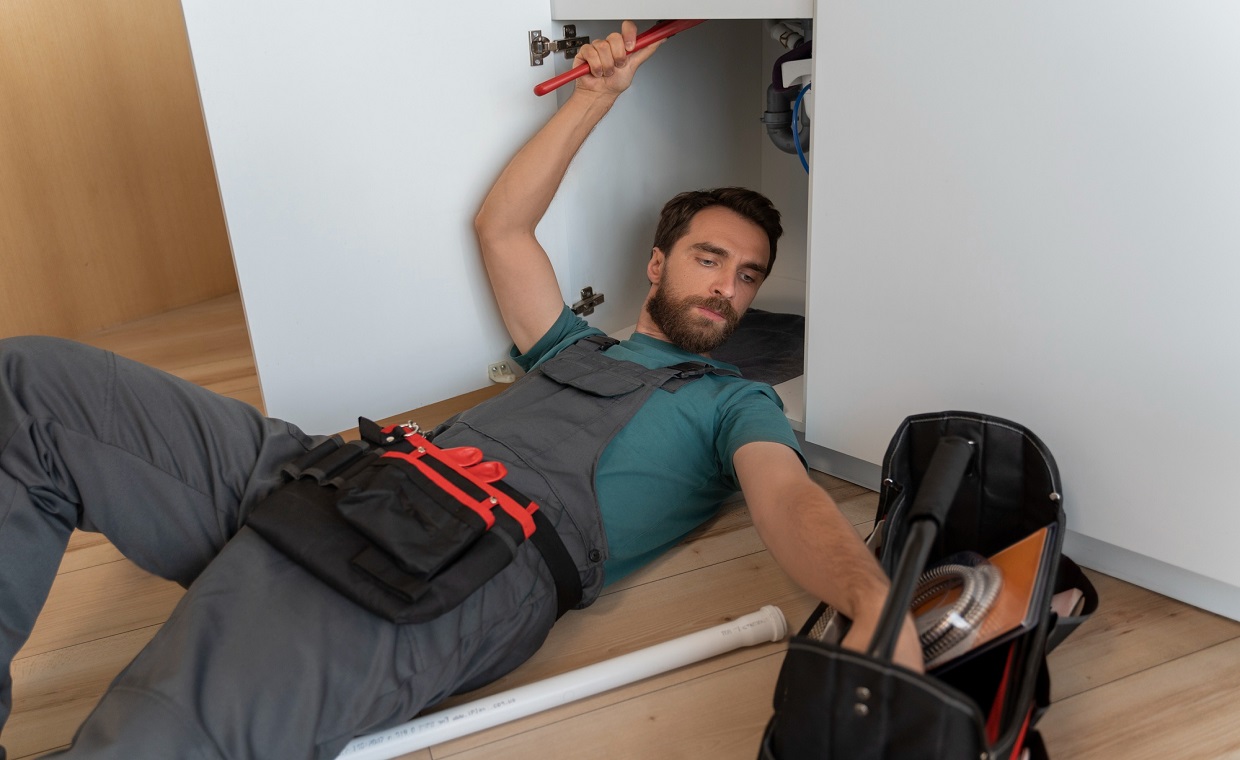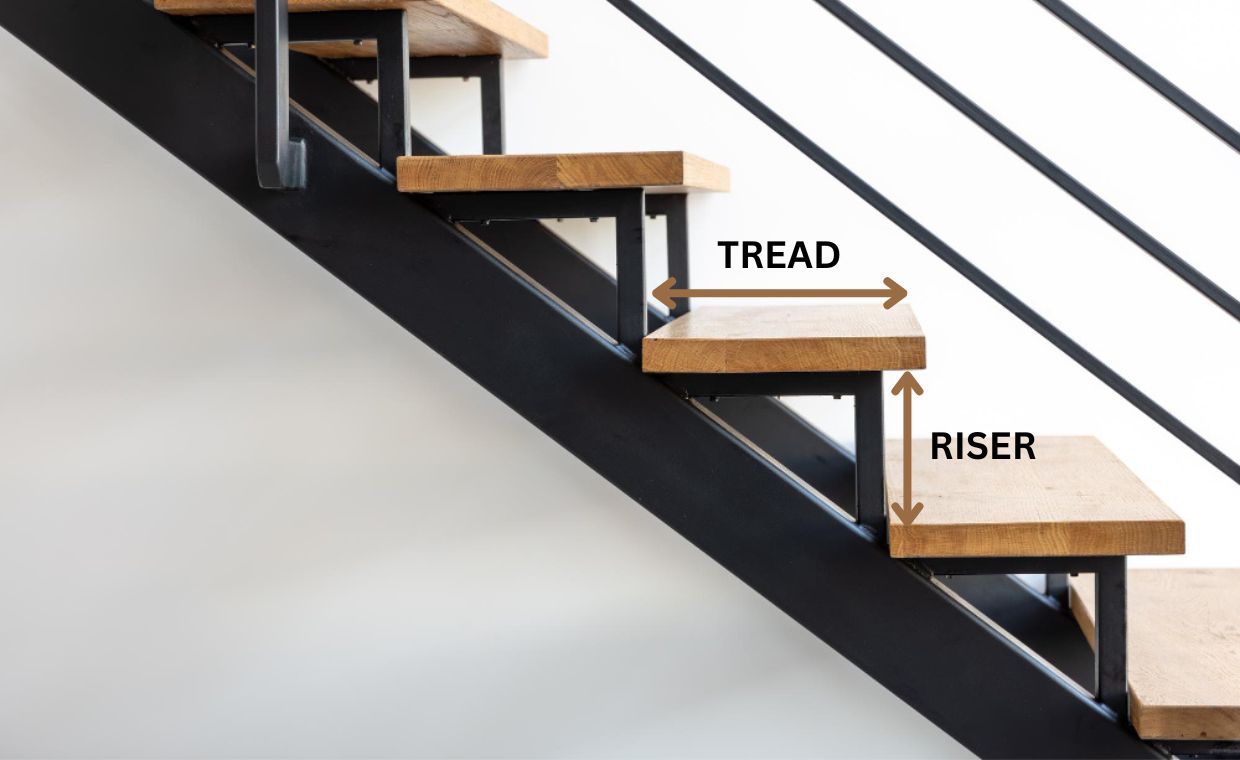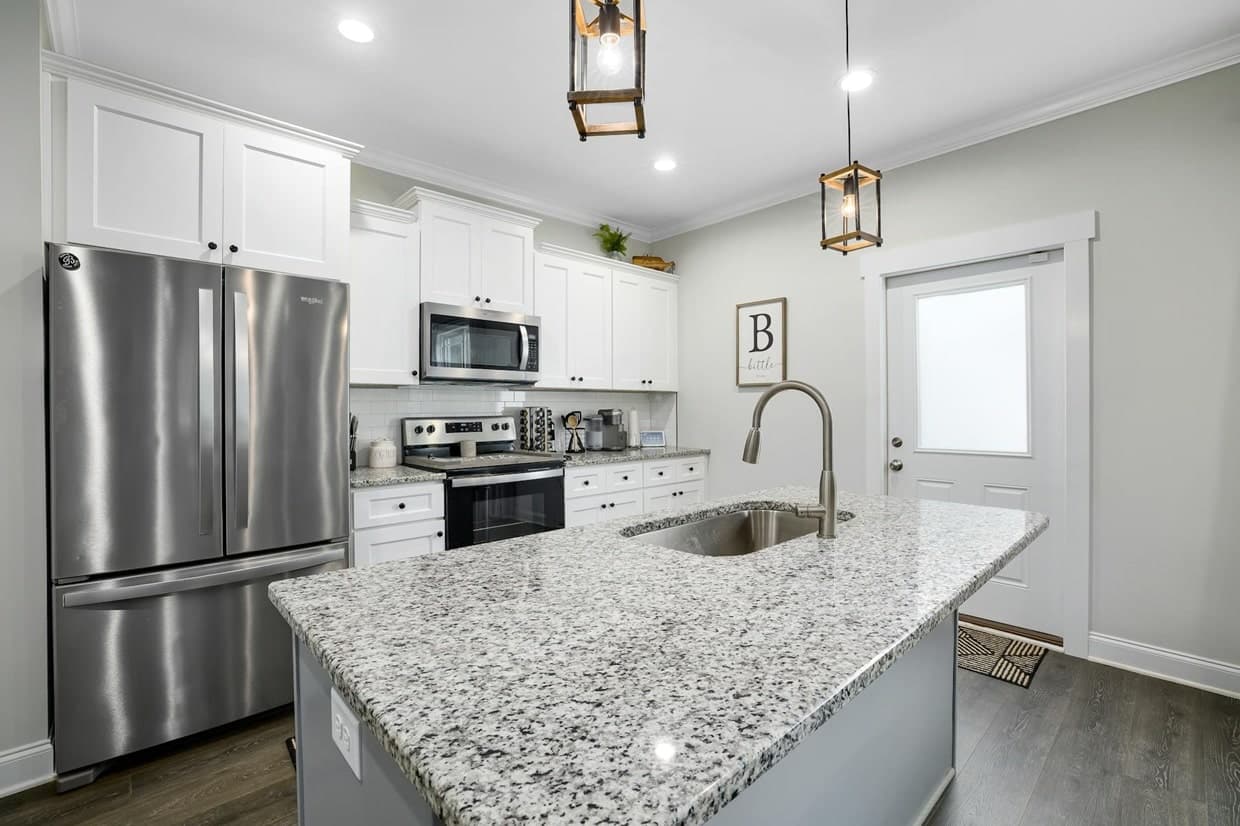
Table of Contents
Low-VOC Options for Homes
Have you recently painted a room and noticed that the strong interior paint smell just won’t go away? You’re not alone. Many homeowners experience lingering odors after an interior paint job, sometimes for weeks. That “new paint” smell might seem harmless, but it’s actually a sign of something you should know more about: VOCs.
In this guide, we’ll explain what causes those odors, why they stick around, and how you can avoid them by choosing safer, cleaner alternatives like low-VOC interior house painting.
What are VOCs?
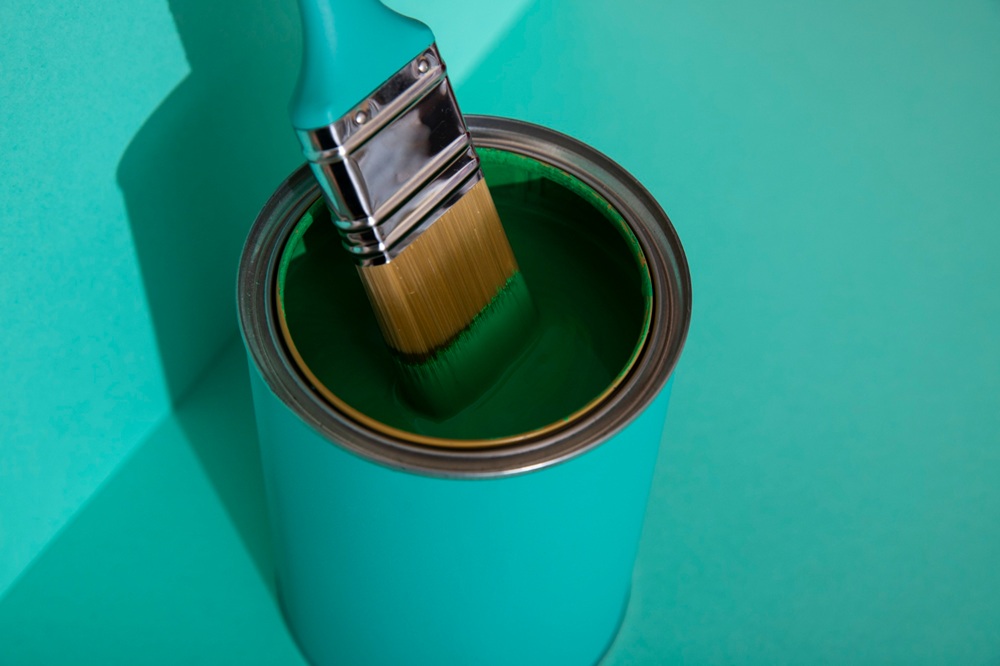
VOCs, or volatile organic compounds, are chemicals that easily evaporate into the air. They’re commonly found in traditional paints, stains, and solvents. When you paint a wall, these VOCs are released as gases, this is what creates that strong paint smell.
Unfortunately, VOCs aren’t just smelly they can also impact your indoor air quality. Common short-term symptoms of VOC exposure include:
- Headaches
- Dizziness or fatigue
- Irritated eyes or throat
- Nausea
In poorly ventilated spaces, or for people with asthma or chemical sensitivities, the effects can be even worse.
Why the Smell Lingers in Homes?

Many homes are built to be energy efficient, meaning they’re sealed tight to keep in heat during long, wet winters. While this is great for saving energy, it also means paint fumes don’t escape easily.
On top of that, painting projects often happen during rainy months when windows stay closed. So instead of the VOCs clearing out quickly, they get trapped inside and stick around for weeks.
How Long Should Interior Paint Smell?
The smell of conventional paint can last:
- 2–3 days in a well-ventilated room
- 1–2 weeks in moderate conditions
- Several weeks or more in sealed, poorly ventilated homes
If you’re still noticing odors after a month, it could mean that the paint used was high in VOCs or that your home simply needs more airflow.
Choosing Low-VOC or Zero-VOC Paints
The good news? You don’t have to deal with lingering odors anymore. Many modern paint products are now low-VOC or zero-VOC, designed specifically for indoor use without compromising your air quality.
When you choose low-VOC interior house painting, you get:
- Much faster odor dissipation
- Fewer harmful chemicals in the air
- Safer conditions for kids, pets, and people with allergies
- Environmentally friendly options that still look beautiful
Some of the most trusted paint brands now offer low-VOC lines in all kinds of colors and finishes. So, you’re not stuck with limited choices.
Tips for a Healthier Paint Job
If you’re planning to paint indoors, especially during the wet season, here are some tips to help reduce odor and improve air quality:
- Ventilate well. Open windows and doors where possible, and use fans to push air outside.
- Choose low- or zero-VOC paints. Look for certification from Green Seal or Greenguard.
- Avoid oil-based paints indoors. These often contain higher VOC levels.
- Don’t over-apply. More paint means more VOCs one good coat may be better than two thick ones.
- Hire a professional painter who uses eco-friendly materials. Not all painters prioritize your health but the right one will.
When to Call in the Pro
Choosing the right paint is only half the battle. Applying it the right way using safe practices and clean products makes all the difference.
If you’re concerned about air quality, odors, or the safety of your indoor spaces, it’s best to hire a professional painting company that’s experienced with low-VOC and eco-friendly options. They’ll know how to prep your space, apply paint properly, and leave your home looking (and smelling) great.
Final Thoughts
Lingering paint odor in your home is more than just an inconvenience, it’s a sign that VOCs are still in the air. In Washington’s climate, where ventilation can be limited for much of the year, that’s something worth paying attention to.
Choosing low-VOC interior house painting is a simple but powerful way to protect your health and your home. And by working with a professional painting company that understands local needs, you can enjoy a beautiful space without sacrificing indoor air quality.
Also Read: Precautions & Repairs for Common Home Painting Defects




